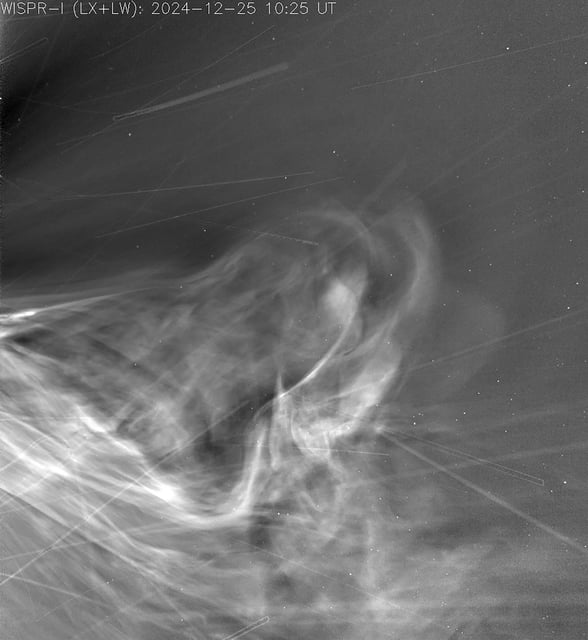Overview
- This week NASA published the first high-resolution WISPR images showing multiple coronal mass ejections and solar wind structures from the Sun’s outer atmosphere.
- The probe entered its final perihelion orbit at a record 6.1 million kilometers from the Sun’s surface, achieving unprecedented proximity to capture these images.
- The new views reveal stacked CMEs layering over one another and the solar wind tracing the heliospheric current sheet that governs space weather dynamics.
- Researchers say these observations will deepen understanding of solar storm formation and enhance protections for Earth’s power grids, communications networks and satellites.
- With more fuel than expected, Parker Solar Probe is poised to operate for decades more and may capture extreme solar eruptions as the Sun moves toward its activity minimum.
